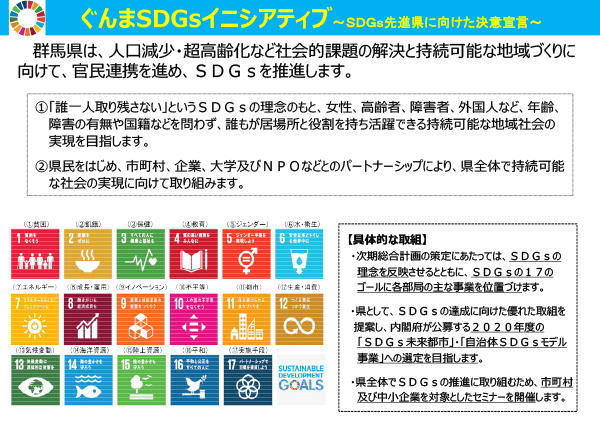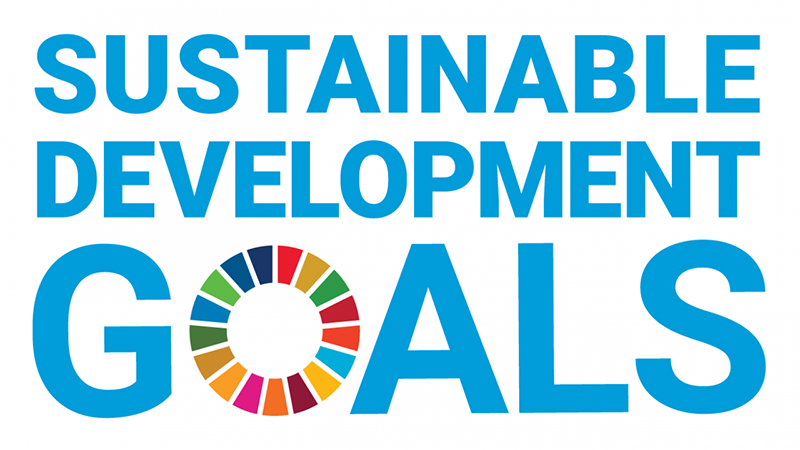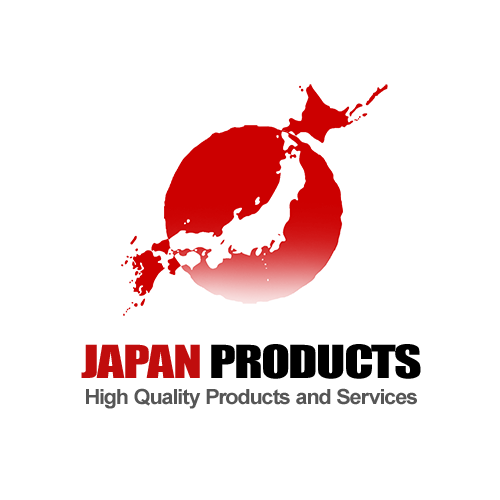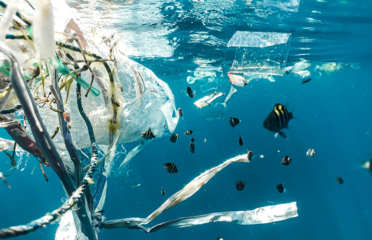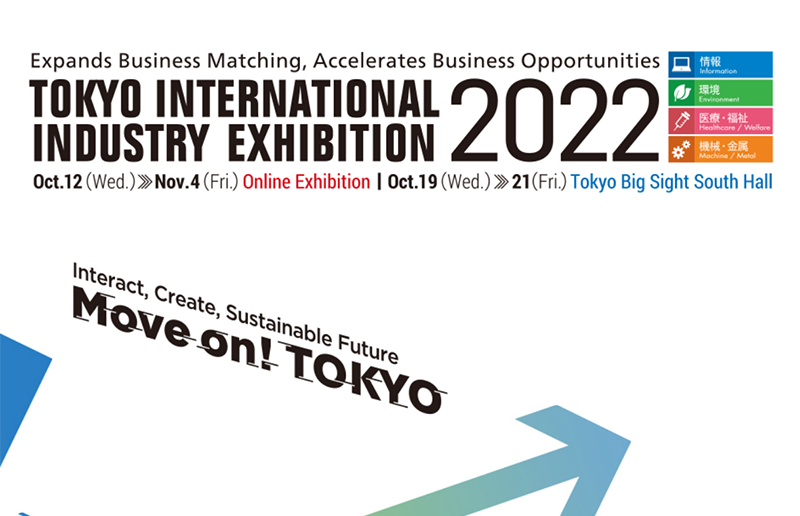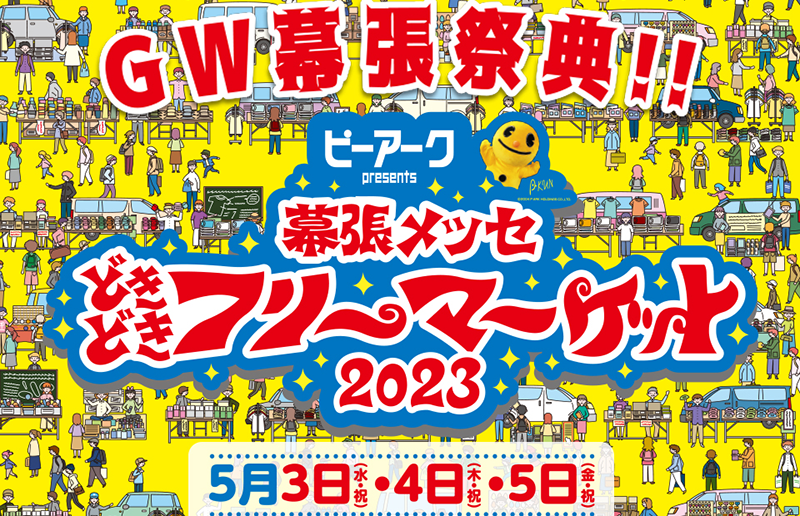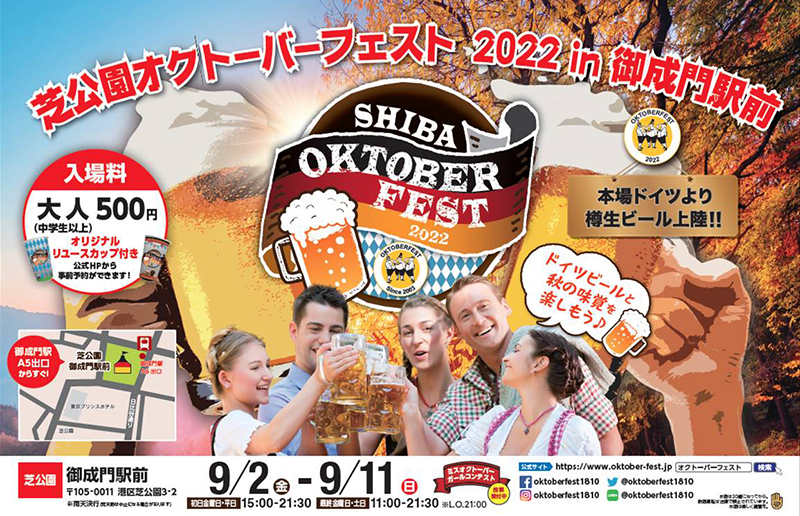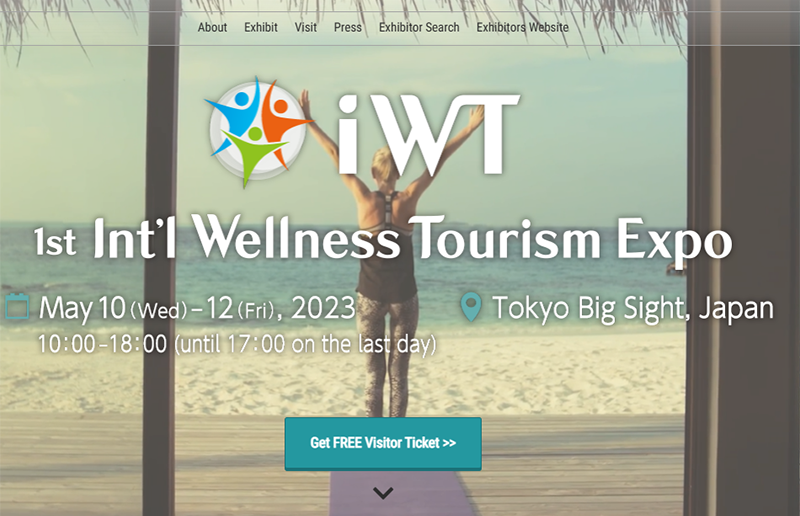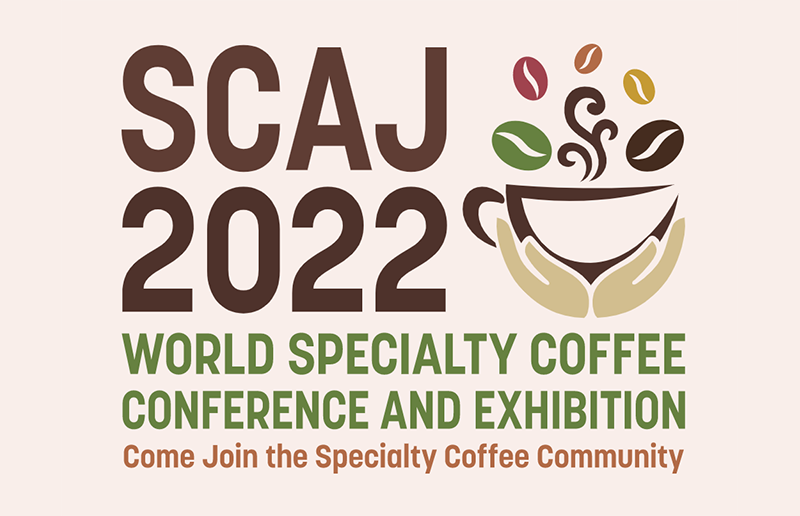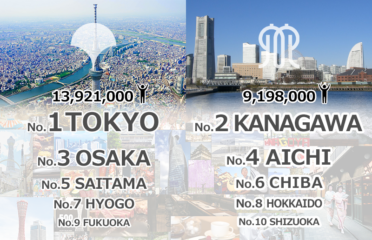
Gunma Prefecture Local Guide Biz
Gunma Prefecture Local Guide Biz is a site where local volunteers introduce various information in Gunma Prefecture. This is an local community site that supports the region while distributing information on restaurants, shops, companies, groups, events and exhibitions held locally, sightseeing spots, demonstration experiments, and other information about the developing Gunma area. For Japanese visitors, please click here. Now, we are currently looking for volunteers to help us create Local Guide Biz!
Land Size and Population of Gunma Prefecture
Located almost in the center of the Japanese archipelago, Gunma Prefecture is the second largest prefecture in the Kanto region after Tochigi Prefecture, with an area of 6,363 square kilometers. Approximately 60% of the area is covered with forests, surrounded by beautiful nature such as mountains, wetlands, lakes, valleys, and clear streams. The Kanetsu, Joshinetsu, Kita Kanto, Tohoku Expressway, Joetsu, and Hokuriku Shinkansen lines make it one of the most well-connected areas in Japan, and the number of companies located there is top class in Japan.
With a population of approximately 1,942,000 in 2019, it is the sixth largest of the six prefectures in the Kanto region. Of these, Gunma, Ibaraki, and Tochigi prefectures continue to experience population decline. As a countermeasure against population decline, Gunma Prefecture announced the “New Gunma Prefecture Comprehensive Plan” in December 2021, and is promoting various initiatives to stop the population decline. (Source: 2018 Population Ranking by Prefecture)
GDP and Industrial Structure of Gunma Prefecture
Gunma’s industries are developing as a “manufacturing prefecture” by integrating advanced industrial technologies that have been handed down over many years. Gunma Prefecture’s GDP is 8,659.8 billion yen (real) in 2018, the lowest among the Kanto region (Tokyo, Kanagawa, Saitama, Chiba, Ibaraki, Tochigi, Gunma), but the growth rate is shows a growth rate of 1.1% compared to the previous year, which is the second highest growth rate in the Kanto region after Ibaraki and Chiba.
The industrial structure is 57.0% tertiary industry, 41.8% secondary industry centered on manufacturing, and 1.1% primary industry of agriculture, forestry and fishery. The secondary industry is high at 14.9%, indicating that the manufacturing industry in Gunma Prefecture is thriving.
The shipment value of manufactured goods is about 9 trillion yen, which ranks 12th in Japan. In particular, the proportion of transportation equipment is high, accounting for 37.3% of the total shipment value of manufactured goods, making it the fifth largest shipment value in Japan. (Source: GDP Rankings by Prefecture)
Number of Tourist Visitors and Unit Consumption in Gunma Prefecture
In terms of tourism, the number of domestic travelers visiting Gunma Prefecture in 2019 was about 13.51 million, which is the 21st out of 47 prefectures and the lowest among the 1 metropolitan and 6 prefectures in the Kanto region. The unit consumption per visitor is 23,000 yen, which ranks 10th in Japan and 2nd in the Kanto region after Chiba prefecture.
On the other hand, the number of foreign visitors to Japan is 163,000, which ranks 36th in Japan, and the unit consumption is 53,000 yen, which ranks 12th in Japan. As a tourism resource, the Tomioka Silk Mill in Tomioka City was registered as a World Cultural Heritage Site on June 25, 2014, “Tomioka Silk Mill and Group of Silk Industry Heritage Sites.”
In addition, in addition to historical cultural heritage and cultural assets, such as the burial mounds reminiscent of the prosperity of ancient Togoku culture, historical shrines and temples with various legends, and the UNESCO “Memory of the World” “Ueno Three Monuments”, There are many silk heritages that are proud of both domestically and internationally, such as the heritage “Kakaa Tenka – Gunma’s Silk Story”. (Source: Comparing Domestic Travel Destinations of Foreign Visitors to Japan and Japanese Travelers in 2019)
Contents Zone

Aiming to realize an “independent decentralized society that leaves no one behind” that incorporates the principles of the SDGs
Gunma Prefecture created the “Gunma SDGs Initiative” with the SDGs philosophy of “leaving no one behind” and the direction of the prefecture’s goal of “improving the happiness of the citizens of the prefecture”. Gunma promotes public-private partnerships and SDGs activities to solve social issues such as population decline and super-aging, and to create a sustainable community.
In addition, in December 2021, we announced the formulation of the “New Gunma Prefecture Comprehensive Plan” that reflects the SDGs philosophy. This is a new comprehensive plan that combines a “vision” that depicts what we want to achieve in 20 years, and a “basic plan” that systematizes specific policies that we will focus on over the next 10 years based on this vision. In order to spread awareness of this policy widely inside and outside the prefecture, a portal site for the New Gunma Prefecture Comprehensive Plan was also opened.
Gunma SDGs Initiative -Determination Declaration of SDGs Advanced Prefectures
Gunma will focus on the following three:
- 1. In formulating the next comprehensive plan, we will reflect the principles of the SDGs and position the main projects of each department in the 17 goals of the SDGs.
- 2. As a prefecture, Gunma will propose excellent initiatives to achieve the SDGs, and aim to be selected as a “SDGs Future City” or “Local Government SDGs Model Project” in fiscal 2020 by the Cabinet Office. selected as a city).
- 3. Gunma will hold seminars for municipalities and SMEs in order to promote the SDGs throughout the prefecture.
Click here for details.
Municipalities in Gunma Prefecture selected as SDGs future cities
Since 2018, the Cabinet Office has selected cities and regions that propose excellent initiatives to achieve the SDGs as “SDGs Future Cities“, leading to the deepening of regional revitalization. Gunma Prefecture was selected as an SDGs Future City in 2021, and within the prefecture, Minakami Town in Gunma Prefecture was selected in 2019. At present (FY2021), no municipalities in Gunma Prefecture have been selected for the “Local government SDGs model project”, which is targeted for selection by local governments that develop leading initiatives in the SDGs future city.
SDGs activities in Gunma Prefecture! Events and Companies Contributing to the SDGs
Minakami Town’s SDGs Future City plan “Minakami Town SDGs Future City Plan: Minakami Project 2030 to Foster Water, Forests and People” was selected as the 2019 SDGs Future City. Major projects include declining population, full-fledged countermeasures against the declining birthrate and aging population, strengthening efforts to conserve the natural environment, promoting tourism strategies, and expanding the non-resident population. Click here for details.
Rakuho-Dou Inc.
Rakuho-Do offers foot-friendly services that are different from other shoe stores
Gunma Prefecture envisions a hybrid industrial structure based on existing strengths and new growth fields
| Rebuilding Existing Industries Due To Coronavirus | Exploring New Growth Opportunities | |
|---|---|---|
| Basic Policy:1 Promotion of DX and new business challenges |
– Increase corporate value – Improved productivity – New normal business – Model building |
– Startup – Open innovation – Design art |
| Basic Policy:2 Build an industry that can flexibly respond to various risks and changes in the environment |
– Strengthen corporate strength (scale) and structure – Strengthen resilience |
– SDGs – Overseas market development – Growth of ICT companies |
| Basic Policy:3 Creating and disseminating new attractions of Gunma |
– Data marketing – Inbound measures – Microtourism |
– Promotion of MICE – Increase in non-resident population – Content industry such as e-sports |
| Basic Policy:4 Creating an environment where people can work with vigor and fostering and securing autonomous human resources who will lead the industry of the future |
– Employment maintenance and reemployment support – Work style reform |
– Autonomous human resources – Recurrent education, digital talent |
Rakuho-Dou Inc.
Rakuho-Do offers foot-friendly services that are different from other shoe stores
Manufacturing Events
Hodaigi Ski Resort
Enjoy world class powder snow, and 16 courses from beginners to advanced players in Gunma
Tourism Information
Rakuho-Dou Inc.
Rakuho-Do offers foot-friendly services that are different from other shoe stores
Apparel & Fashion Events

Promote “public-private co-creation community” to aim for an independent decentralized society with DX
Gunma Prefecture, which aims to realize an independent decentralized society that leaves no one behind, intensively promotes DX in government and industry, aiming to become Japan’s most advanced digital prefecture. Gunma Pref. will also thoroughly implement DX in government and education, and promote the development of an environment that is a prerequisite for solving social issues, achieving both overall optimization and individual optimization.
In addition, Gunma Pref. will promote the establishment of a “public-private co-creation community,” a community in which the public and private sectors interact and create innovation in various fields, aiming for a sustainable public sector. This “public-private co-creation community” has various patterns in collaboration with municipalities, not only prefecture-wide type and wide-area type that straddles municipalities. Even if the size, location, and things to do are different, it is important to create a community that is good.
Maebashi City and Tsumagoi Village in Gunma Prefecture Participate in Smart City Public-Private Partnership Platform
The Cabinet Office, Ministry of Internal Affairs and Communications, Ministry of Economy, Trade and Industry, and Ministry of Land, Infrastructure, Transport and Tourism launched the “Smart City Public-Private Partnership Platform” in 2019 to accelerate smart city initiatives through public-private partnerships. In Gunma Prefecture, Maebashi City and Tsumagoi Village are participating in this platform, and DX demonstration experiment projects, MaaS social implementation projects, and smart city projects for disaster prevention and corona countermeasures are underway.
In addition, Maebashi City has been selected as a “priority commercialization promotion project” to improve the maturity of the business and promote early commercialization by providing intensive support from the national government.

Sponsors




